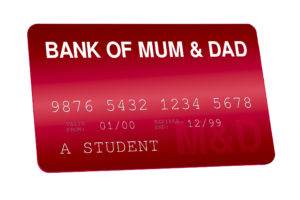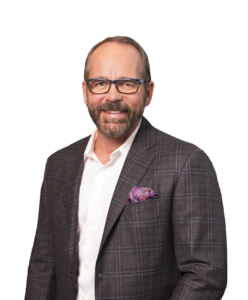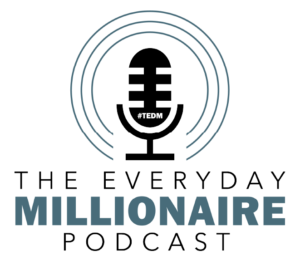By Mark Seed, myownadvisor
Special to the Financial Independence Hub
Many investors have been saying for years that rates can only go up from here, rates can only go one direction, rates will eventually go up. Will they? This begs a question I get from readers from time to time given bonds pay such lousy interest:
Why would anyone own bonds now?
Today’s post shares a few reasons to own bonds including some counter-arguments why I don’t own any – at least right now.
Why own bonds?
Personally, I believe the main role of fixed income in your portfolio is essentially safety – not the investment returns and certainly not the cash flow needs. In other words, if all else fails per se, if/when stocks crash, then bonds should historically speaking offer a flight to safety for preserving principal.
So, they are there for diversification purposes.
As Andrew Hallam, a Millionaire Teacher has so kindly put it over the years: when stocks fall hard, bonds act like parachutes for your portfolio. Bonds might not always rise when the equity markets drop. But broad bond market indexes don’t crash like stocks do.
Is that enough to own bonds in your portfolio? Maybe.
Here are a few reasons to own bonds in no particular order.
1. Bonds as a hedge for stock market volatility.
Call them parachutes or anchors or use any other metaphor you wish but bonds tend to do their jobs when stock markets tank. More importantly maybe, they provide a psychological edge to avoid tinkering with your portfolio and selling any stocks/equities when stock markets correct.
Many investors, dare I say most investors (?), have a hard time with market volatility. I’m certainly not immune to it. The ups and downs, especially the big market downs, can be gut-wrenching to live through. Owning bonds in your portfolio can help bring the overall portfolio volatility down a few notches through prudent asset allocation. It is however not always necessary to own bonds.
When you own bonds, my experience has been for the last 20+ years you are trading away long-term, more positive, generous equity returns for accepting less risk and less long-term returns.
If you don’t want to take my word for it, check out this page courtesy of Vanguard when it comes to long-term returns. Check out the “worst year” stats as well.
Sure, a 40/60 stock/bond portfolio has hardly done poorly for the last century. But overall, you are absolutely giving up (historically speaking) returns on the table when you own more fixed income in your portfolio. Will the future be the same?
Personally, I’ve tried to learn to live with stocks as much as possible for as long as possible. Depending on your goals, taking into account long-term potential reward against short-term price fluctuations, some investors may not be comfortable with a 100% equity or near-equity portfolio. That’s A-OK. If that’s your case, some bonds in your asset accumulation years could be right for you.
2. Bonds can be used to rebalance your portfolio.
Even though I’m not a huge fan of bonds myself, this might be one of the most compelling reasons to own bonds at any age.
When the stock market sells off, that’s ideally the time you want to dive in and buy your stocks on sale. However, unless you are very comfortable with leveraged investing – you need money to buy such stocks on sale. That can come from cash savings for sure but for many investors, that can also come from bonds within your portfolio.
Mind you, some levels of diversification don’t work very well if you don’t have any asset allocation targets in mind. The process of rebalancing is a systematic way to buy low and sell high; sell your bonds when markets are tanking and sell-off some stocks when markets are euphoric.
In our portfolio, because we’ve largely learned to live with stocks, we tend to buy more stocks when they come on sale and/or we buy stocks periodically during the year to increase our equity holdings. More specifically, to help me gravitate away from my bias to Canadian dividend paying stocks for income we’re owning more low-cost U.S. ETFs for extra growth over time.
Check out some changes I’ve made to our portfolio to increase equity diversification.
Instead of selling bonds to buy our stocks, I use cash savings. I tend to save up cash during the year and make a few lump-sum stock or equity ETF purchases instead.
I will continue to use cash savings to make more equity purchases as I enter semi-retirement.
Consider keeping this much cash on hand yourself – in your asset accumulation years or retirement years.
3. Bonds can be used to spend cash when essential.
Can you have too much money saved? Too much money in your RRSP?
For most people, I highly doubt it. Continue Reading…









